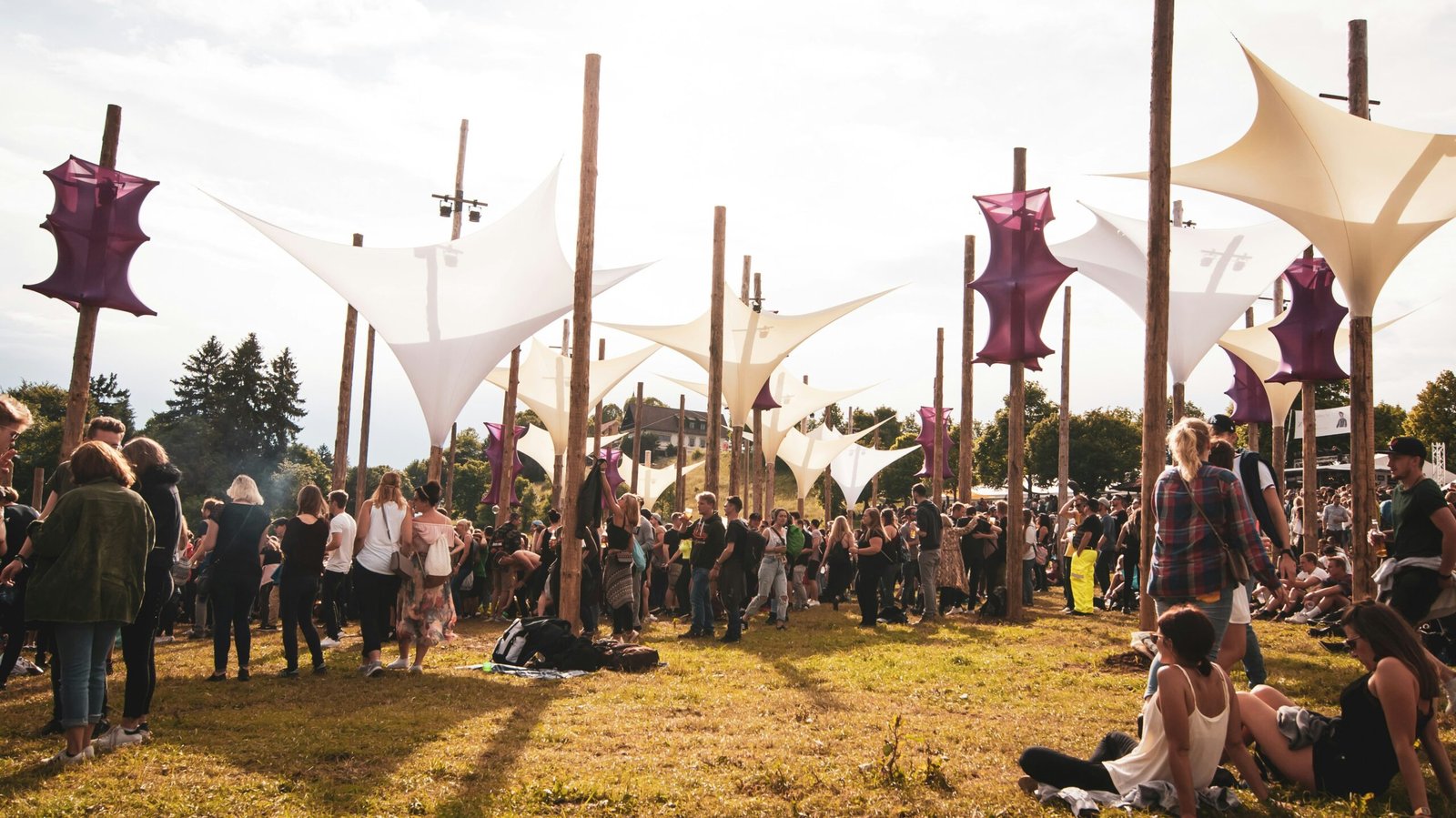🌕 The Legend of the Mid-Autumn Festival — Chang’e and the Moon
The Mid-Autumn Festival, celebrated on the 15th day of the eighth lunar month, is one of the most beloved traditional holidays in Chinese culture. The festival centers around the legend of Chang’e, the Moon Goddess.
Long ago, ten suns appeared in the sky, scorching the earth. The hero Hou Yi shot down nine suns to save the people, and as a reward, he received an elixir of immortality. One day, when an evil man tried to steal it, Chang’e drank the elixir to protect it and floated to the moon, where she became a goddess.
Every year, families gather to admire the full moon and eat mooncakes in memory of her. The round moon symbolizes reunion and love.
🎄 How St. Nicholas Became Santa Claus
The story of Santa Claus began with St. Nicholas, a kind bishop from Myra in the 4th century. Known for his generosity, he secretly gave gifts to the poor — including gold coins to help young women marry.
As his legend spread through Europe, different cultures added their own touches: the Dutch brought “Sinterklaas” to America, and over time he became the cheerful Santa Claus we know today — dressed in red, bringing gifts through the chimney.
The story reminds people that the true spirit of Christmas lies in kindness and giving.
🪔 The Story Behind Diwali — The Triumph of Light Over Darkness
Diwali, India’s Festival of Lights, celebrates the victory of good over evil. It originates from the Hindu epic Ramayana, where Prince Rama defeats the demon king Ravana and returns home after fourteen years of exile.
People lit oil lamps (diyas) to guide him home, symbolizing light overcoming darkness.
Today, Diwali brings families together to decorate homes, exchange sweets, and share blessings of prosperity and happiness.

